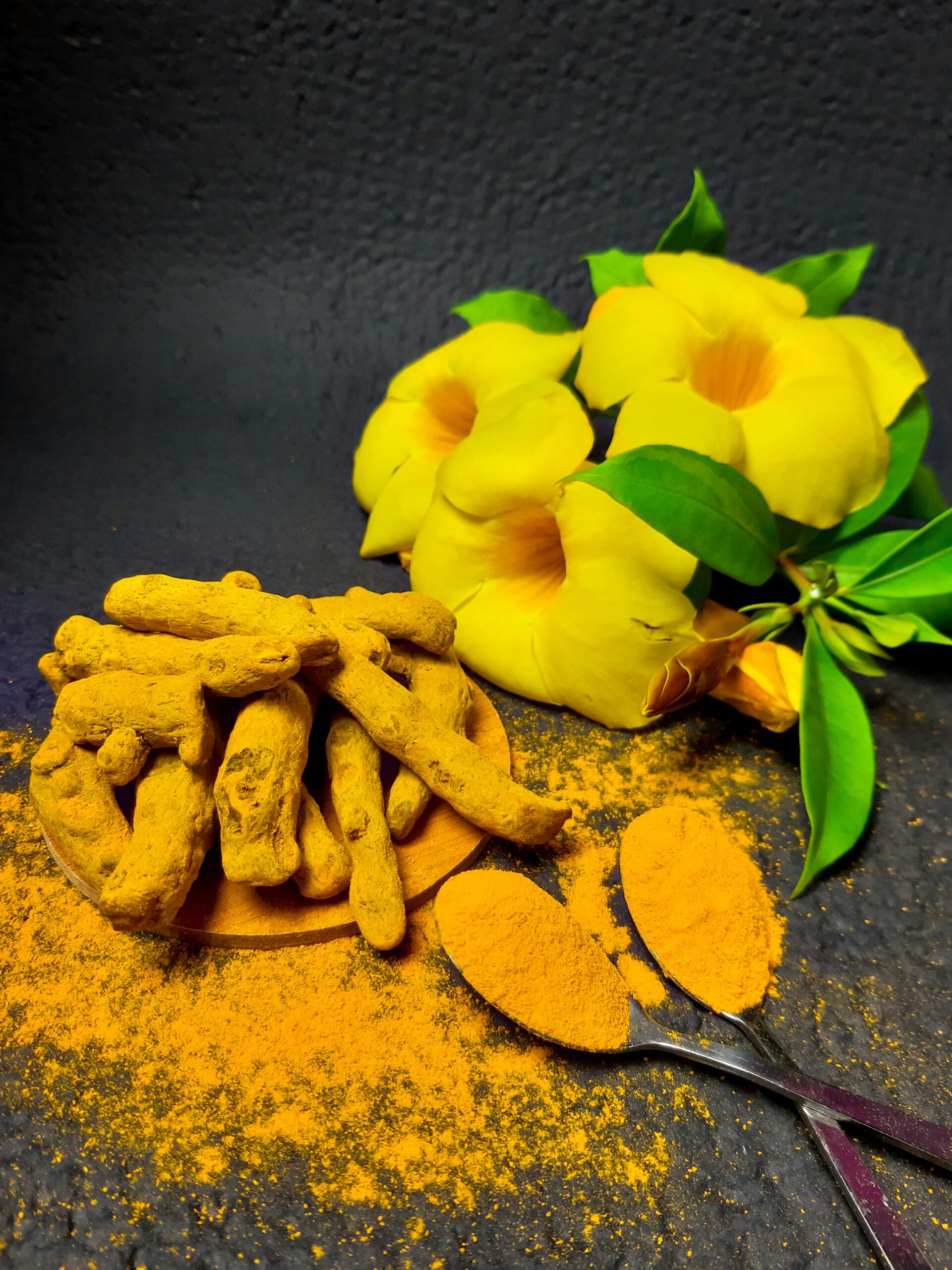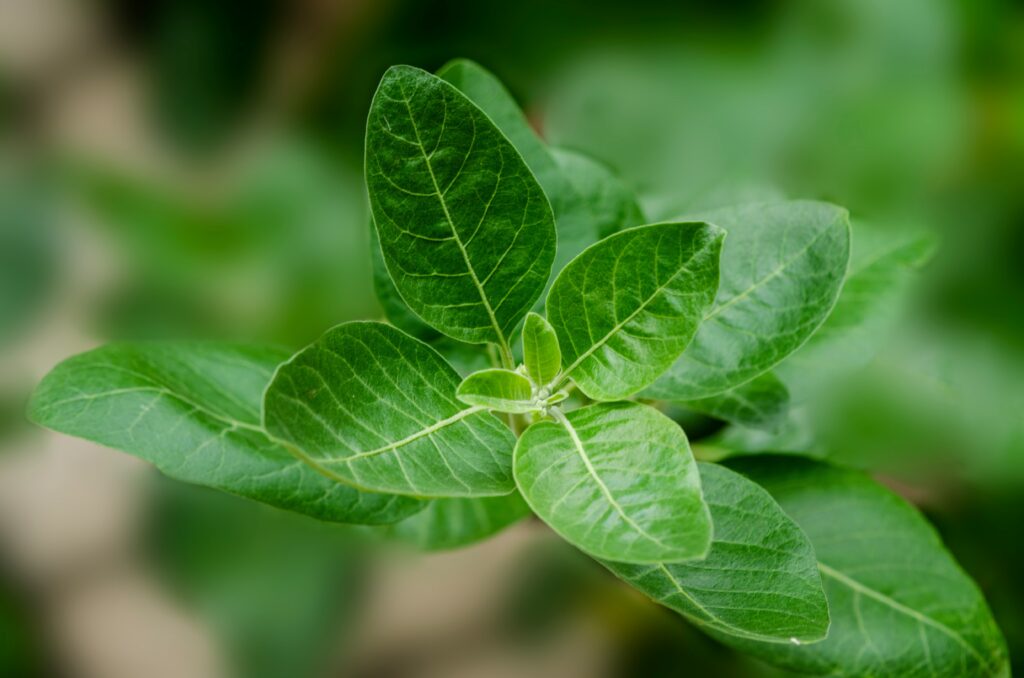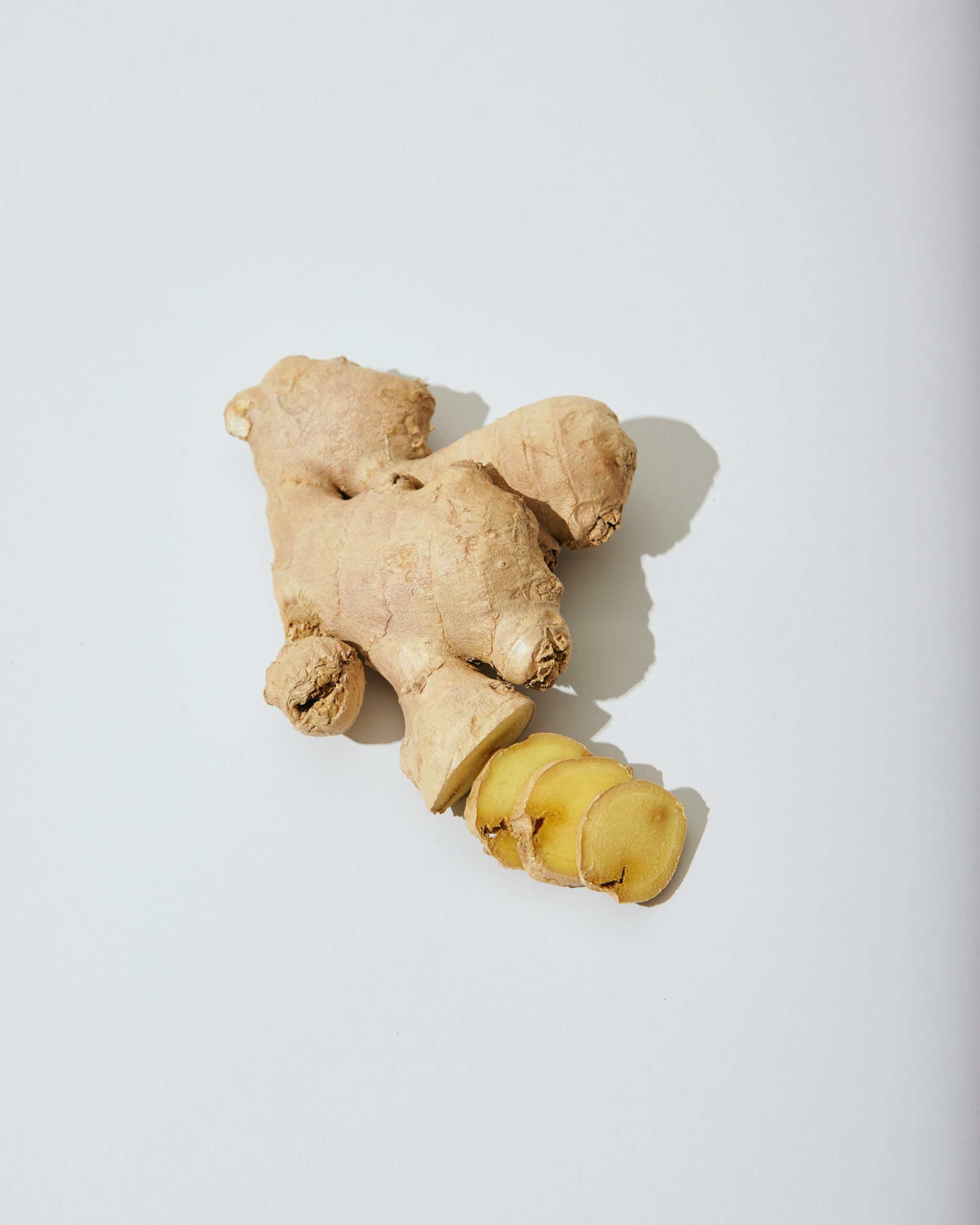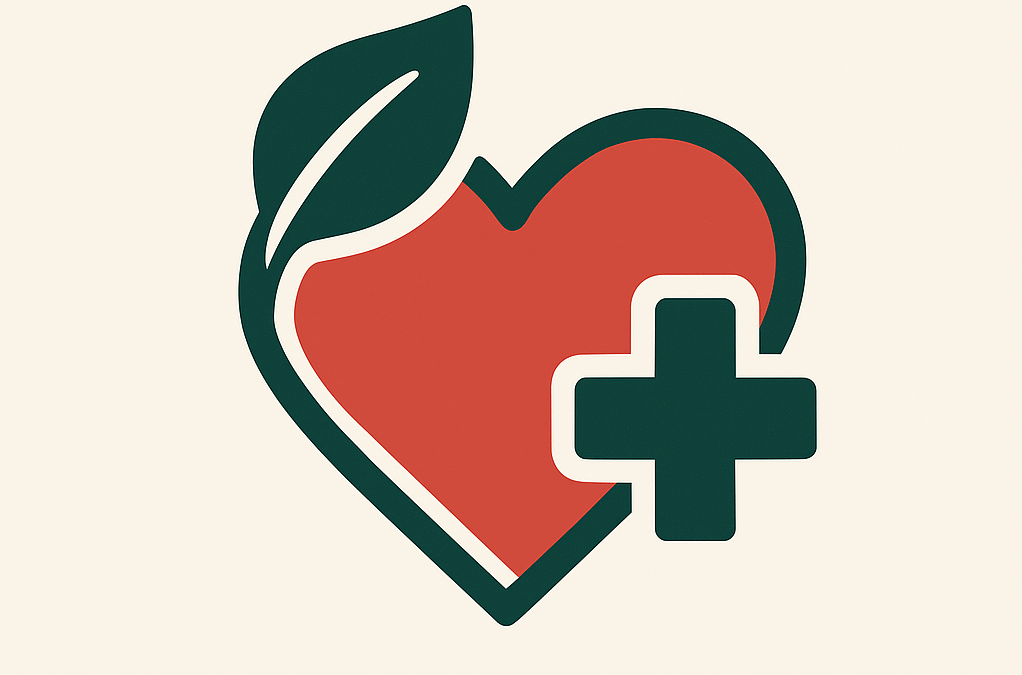the healthcollage – Live well
As a researcher and a forever student of Ayurveda, I explore the timeless wisdom of this ancient science and bring it into everyday life. Here, you’ll find insights, practical tips, and evidence-informed guidance to help you embrace balance, wellness, and natural living — all through a curious, thoughtful, and holistic lens.
It’s time to Add Value to Your lifestyle.
Ayurveda is known as one of the oldest medical traditions. It is fascinating that even thousands of years apart, its core principles still stay valid!
Rooted in Wisdom, Evolving with research
Some Well known Ayurvedic Herbs
Classical Ayurveda teaches that virtually anything in nature can be used as medicine when guided by proper knowledge, observation, and application (Yukti). Understanding the properties, interactions, and context of herbs ensures safe and effective healing, transforming everyday plants into powerful tools for well-being.

Haridra (turmeric)
A golden root celebrated for its anti-inflammatory and antioxidant powers. It supports joint health, skin clarity, and overall immunity.

Amalaki (indian gooseberry)
Rich in natural vitamin C and antioxidants, it strengthens immunity, supports digestion, and promotes healthy skin and hair.

Ashwagandha (Winter cherry)
A renowned rejuvenator that promotes strength, calmness, and hormonal balance while helping the body adapt to stress and fatigue.

Tulsi (Holy Basil)
A powerful adaptogen that helps the body manage stress while supporting respiratory and immune health. A natural mood lifter.

Nimba ( Margosa tree)
Known for its detoxifying and purifying effects, it helps maintain clear skin, healthy digestion, and a balanced internal environment

Ardraka (Ginger)
A daily digestive ally that enhances metabolism, relieves bloating, and supports circulation, making is a natural energizer.
Why Ayurveda is Still Relevant today?
Even after thousands of years, Ayurveda continues to guide healthy living by addressing the body, mind, and lifestyle as a whole. Its timeless principles focus on root causes rather than just symptoms, offering practical guidance for daily routines. Many classical practices, from mindful nutrition to herbal support, are now supported by modern research. Ayurveda remains a sustainable, holistic approach to wellness that seamlessly fits into modern life.

The three Pillars of Health (trayopastambha)
- Ahara (Diet)-What we eat shapes how we feel, think, and live. Every meal is a quiet chance to nourish strength, clarity, and balance.
- Nidra (Sleep)- Rest is not a pause from life, it’s where healing happens. Deep, regular sleep renews both the body and the mind.
- Brahmacharya (Balanced conduct)- True vitality comes from mindful living. Knowing when to give, when to hold back, and how to stay centered amid desires.
Everything You Need to Know About Doshas, Nutrition & Mind-Body Balance
Understand how your unique body constitution (Prakriti) influences your digestion, metabolism, and emotions. Learn to eat, move, and rest according to your Ayurvedic type, in harmony with modern nutritional science
How to Discover Your Ideal Daily Routine (Dinacharya & Beyond)
Find your personal rhythm for productivity and peace. Explore morning rituals, mindful eating, and sleep hygiene, simplified for modern life but rooted in classical Ayurvedic wisdom.
Practical Ayurvedic Plans for Energy, Focus & Well-Being
Step-by-step guidance for sustainable vitality,from herbal support and balanced meals to stress management. Learn how small, consistent actions lead to lasting wellness.
Latest posts
-
Do you need to drink more water? – An Ayurvedic POV
Learn the know how’s of water and how it interacts with your system. Does the cult…
-
Why Sharada Ritu (Autumn)is the best time to donate blood?
We all know that donating blood can save lives, but today we will understand how it…
-
How to take care of your skin inside out?
A holistic take on skin care on the basis of traditional system aided by conventional understanding….
Frequently Asked Questions
Understanding Ayurveda, One Question at a Time.
About the Author
I’m Dr. Anoza Bhaskar, a post-graduate in Ayurvedic medicine with a deep interest in research and integrative health. I enjoy exploring how timeless Ayurvedic wisdom aligns with modern science and everyday living.
Through thehealthcollage, I aim to share insights that make Ayurveda easy to understand, relevant, and reliable, helping readers make conscious, healthier choices rooted in ancient knowledge.
Aadi Ananta Ayurveda-Timeless Ayurveda for Modern Living
Explore More Insights
Read. Learn. Share. Subscribe.
